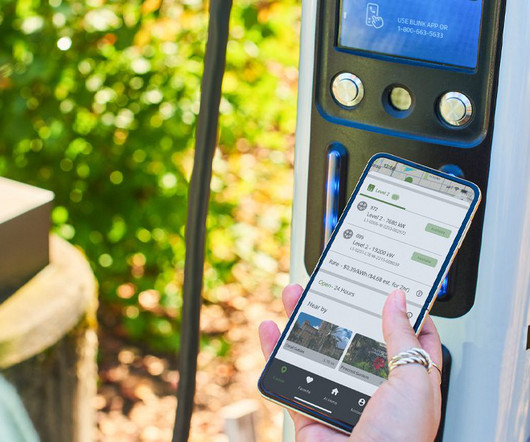Researchers develop rechargeable hybrid-seawater fuel cell; highly energy density, stable cycling
Green Car Congress
NOVEMBER 24, 2014
Schematic illustration of the designed hybrid-seawater fuel cell and a schematic diagram at the charged–discharged state. As described in an open access paper in the journal NPG Asia Materials , the system is an intermediate between a battery and a fuel cell, and is accordingly referred to as a hybrid fuel cell. Click to enlarge.
























Let's personalize your content